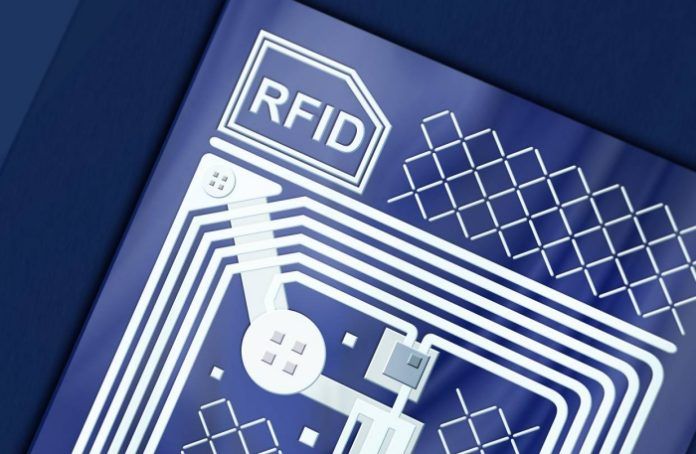Scientists have developed Radio-Frequency Identification (RFID) technology to prevent side channel attacks. It works by an electromagnetic field to discover and record the tags that are connected to the object. Almost a year ago, scientists from MIT and Texas instruments have developed a RFID chip to improve the security of credit cards. But the threat for breaking the RFID tags help for automated identification of passwords. To overcome this issue, scientists are now developing some RFID protocols with new security features.
Scientists from Singapore Management University want to better protect the everyday technologies of RFID. So, they are designing and testing new RFID protocols with enhanced security features.
There are various applications of RFID including credit card, mobile phones, passports, etc. Even pharmaceutical companies use RFID technology to track inventory and manage supply chains. And a security breach in RFID applications could leak valuable information about physical objects to unauthorized parties.
Associate professor Li Yingjiu said, “Because RFID tags work by broadcasting information to electronic RFID readers. Security breaches can occur if hackers eavesdrop on this conversation, and manage to gain access to or tamper with information.“
“Such an attack, in the context of supply chain management, for example, would mean industrial espionage. This causes the hacker may obtain sensitive information about inventory levels, trading volumes, trading partners and even business plans,” he added.
To tackle with such potential threat, scientists are designing RFID protocols. They are making the RFID protocol’s output unpredictable. For that, they are making two RFID tags identical to hackers. Thus, the hacker can’t obtain useful information even if they manage to interact with the tags.
In addition to RFID protocols, scientists are designing improved access control mechanisms. These mechanisms could protect RFID information while sharing on the internet.
Li said, “The future of data security is how to narrow the gap and bridge the two communities. These are completely different incentives and evaluation criteria.”
